Blues music flows from pain, love, and struggle—emotions that Black women artists transformed into timeless sound. These pioneering performers didn’t just sing the blues; they lived it, breathing life into a genre that would influence all American music. Their powerful voices carried stories of hardship and hope, creating a legacy that still resonates today.
1. Ma Rainey
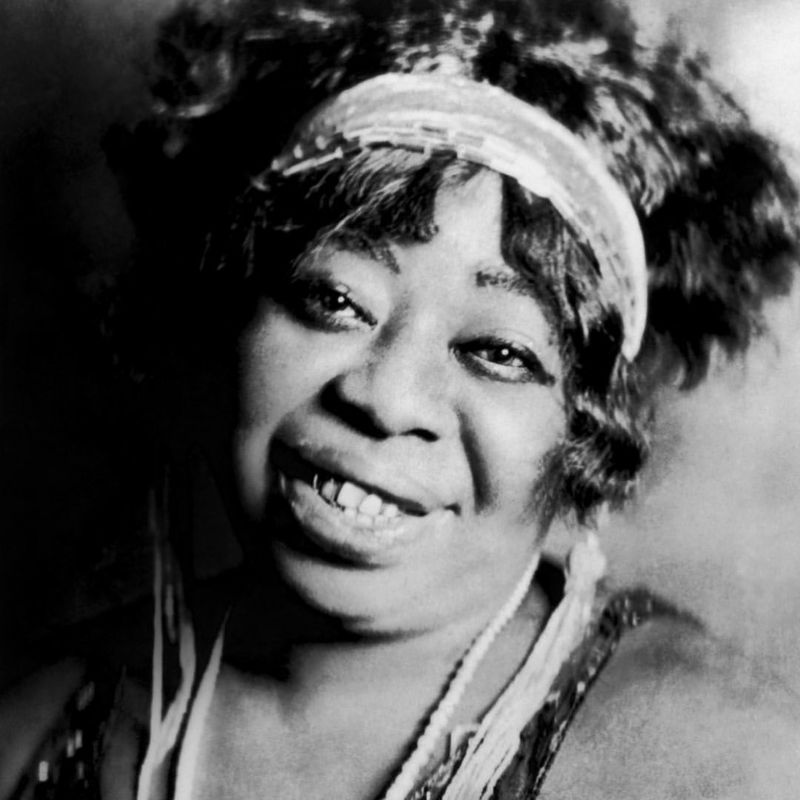
Gold teeth gleaming under stage lights, Ma Rainey owned every room she entered. Before recordings existed, she traveled the South in tent shows, developing a performance style that combined vaudeville theatrics with gut-wrenching blues emotion.
Her gruff, powerful voice told stories of female desire and independence decades before such topics were acceptable in mainstream music. Rainey mentored a young Bessie Smith and influenced countless others.
2. Bessie Smith
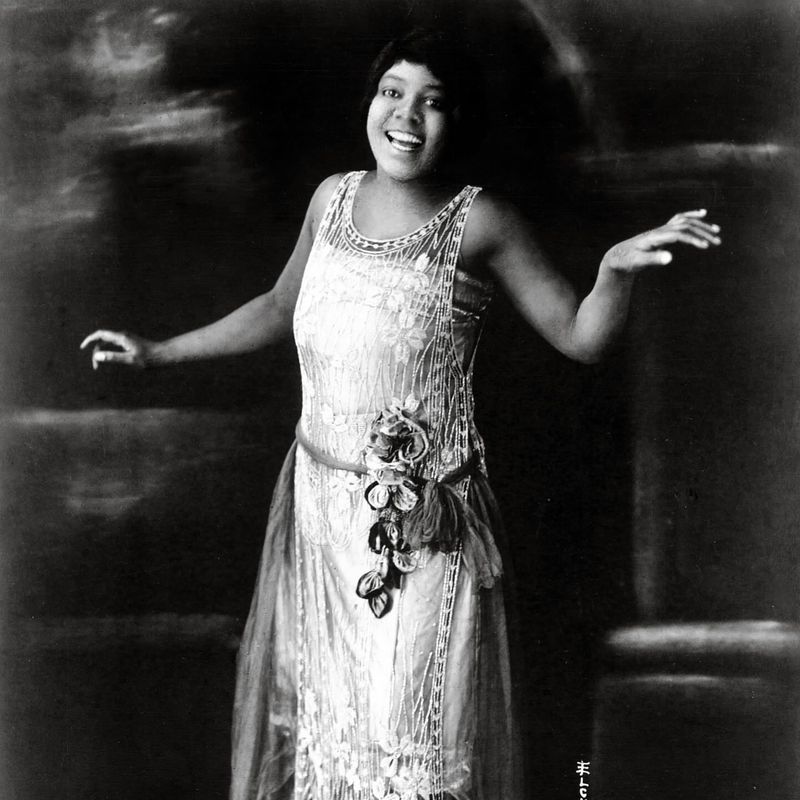
Crowned the “Empress of the Blues,” Bessie Smith commanded attention with her thunderous voice that could shake walls and souls alike. Her raw delivery captured the essence of Black experience in the 1920s and early 30s.
Smith’s recordings sold in unprecedented numbers, making her one of the highest-paid Black entertainers of her time. Yet behind the glamour lurked personal struggles with alcoholism and turbulent relationships.
Her influence stretches beyond blues into jazz, rock, and soul music, with artists from Billie Holiday to Janis Joplin citing her as inspiration.
3. Memphis Minnie
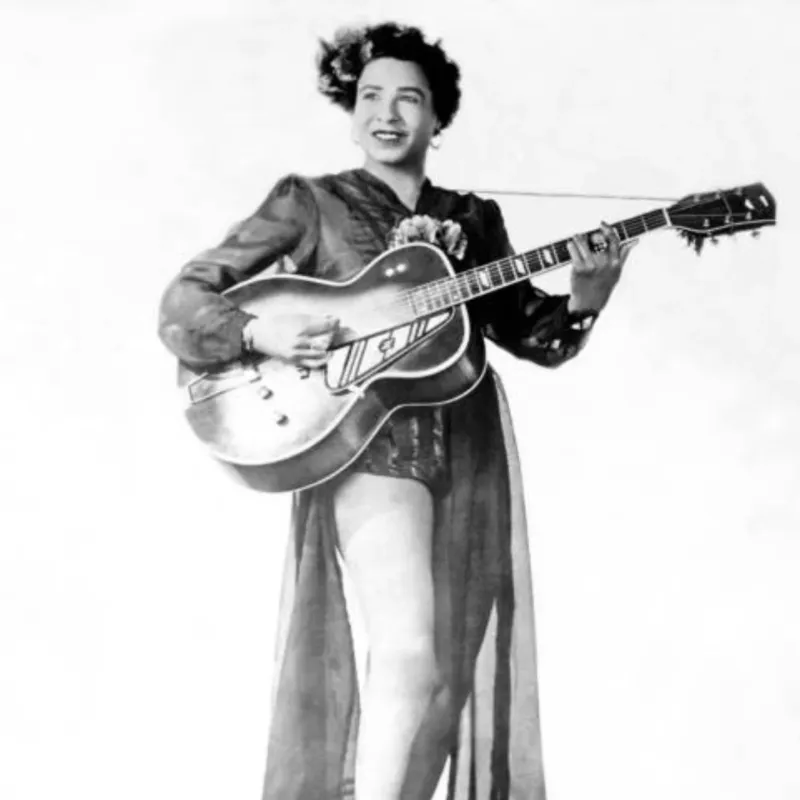
With callused fingers dancing across guitar strings, Memphis Minnie broke barriers in a world where women rarely played instruments. She could outplay most men of her era, winning guitar contests against legends like Big Bill Broonzy.
Born Lizzie Douglas, she ran away from home at 13 to play on Beale Street, developing a distinctive fingerpicking style. Her 200+ recordings over three decades documented Black life with wit and grit.
Unlike many blues artists, Minnie maintained control of her career and finances, demonstrating business savvy alongside musical genius.
4. Big Mama Thornton
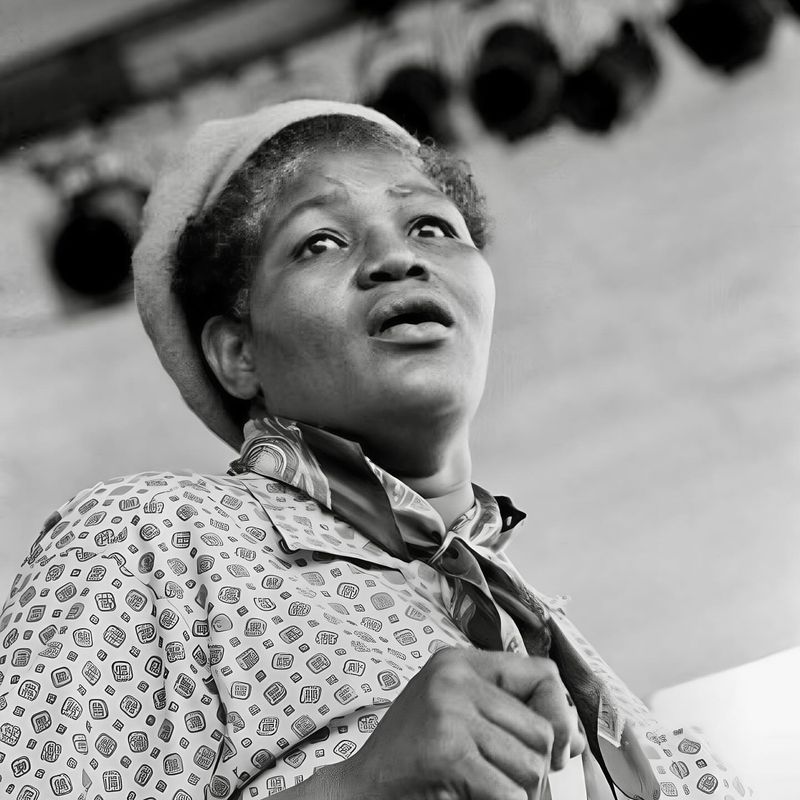
When Big Mama Thornton growled “You ain’t nothin’ but a hound dog” in 1952, she created a blueprint Elvis would follow years later. Standing six feet tall in men’s clothes, her commanding presence and booming voice defied gender norms of the era.
Willie Mae Thornton learned music in church but developed her style playing rough Southern juke joints. Despite selling over two million copies of “Hound Dog,” record company exploitation left her with just $500.
5. Victoria Spivey
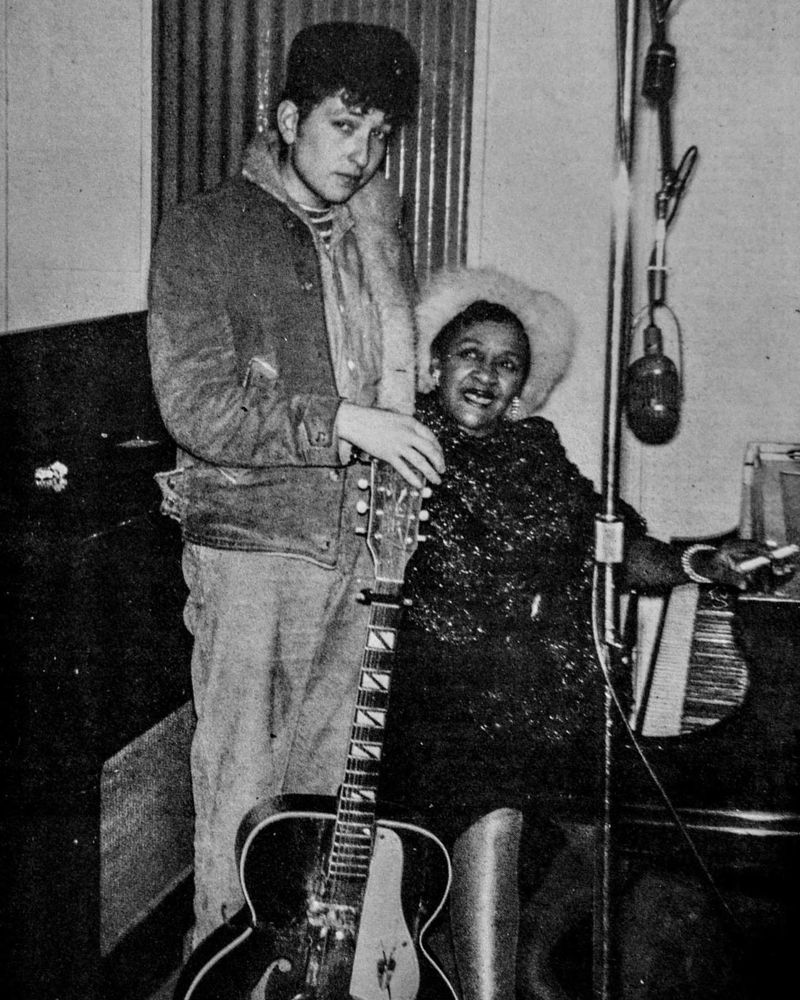
Victoria Spivey’s career spanned an astonishing six decades, adapting to changing musical landscapes while maintaining her distinctive style. Her 1926 hit “Black Snake Blues” featured suggestive lyrics and snake imagery that became her trademark.
Unlike many contemporaries, Spivey successfully transitioned from vaudeville to film, appearing in the 1929 movie “Hallelujah.” When her performing career waned, she reinvented herself as a businesswoman, founding Spivey Records in 1962.
Her label captured aging blues legends and newcomers alike—including a young harmonica player named Bob Dylan.
6. Etta James
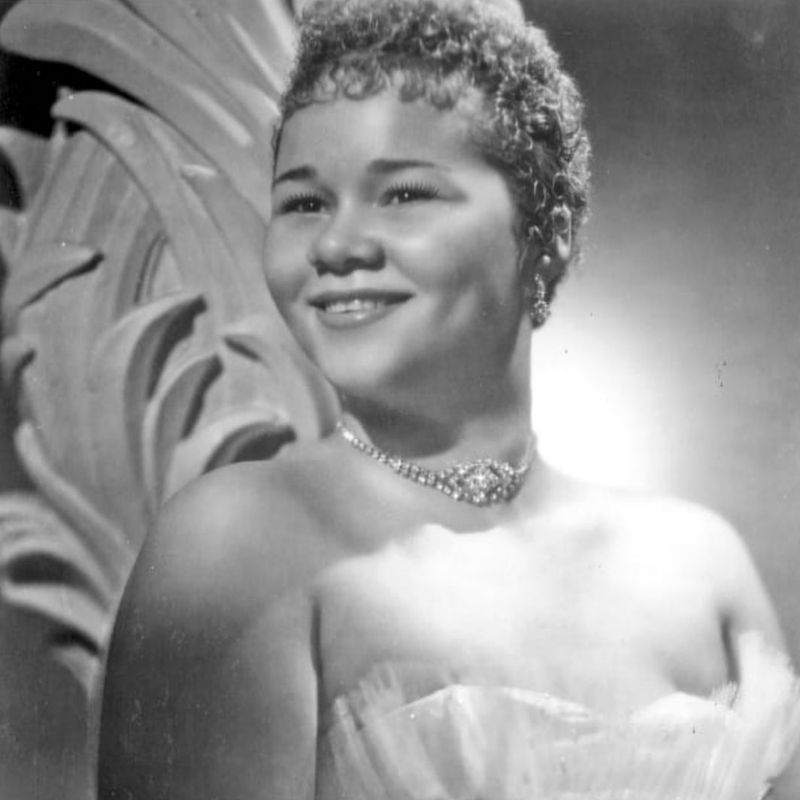
Jamesetta Hawkins—known to the world as Etta James—possessed a voice that could whisper intimate confessions one moment and unleash primal screams the next. Her 1961 version of “At Last” remains the definitive wedding song, but her blues roots ran deep.
Personal demons haunted James throughout her career. Heroin addiction and volatile relationships fueled songs like “I’d Rather Go Blind,” where her anguish feels almost too private to witness.
Her musical versatility allowed her to bridge blues, R&B, rock, jazz and soul, influencing everyone from Janis Joplin to Beyoncé.
7. Koko Taylor
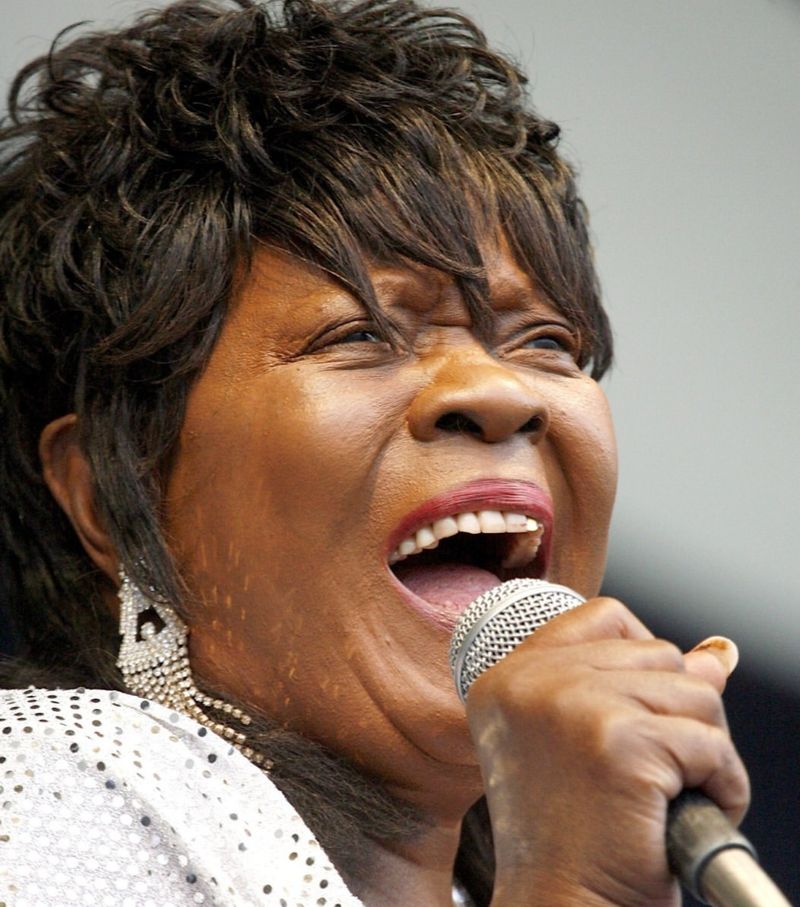
From Mississippi cotton fields to Chicago’s electric blues scene, Koko Taylor’s journey embodied the Great Migration experience. Her sandpaper-rough voice first caught Willie Dixon’s attention, leading to her signature hit “Wang Dang Doodle” in 1966.
Taylor’s growling vocals and ferocious stage presence earned her the title “Queen of the Blues.” She dominated Chicago’s male-centric blues clubs through sheer force of personality and talent.
Despite a near-fatal car accident in 1989, she continued performing into her 70s, winning multiple Grammy nominations and keeping traditional blues alive for new generations.
8. Ida Cox
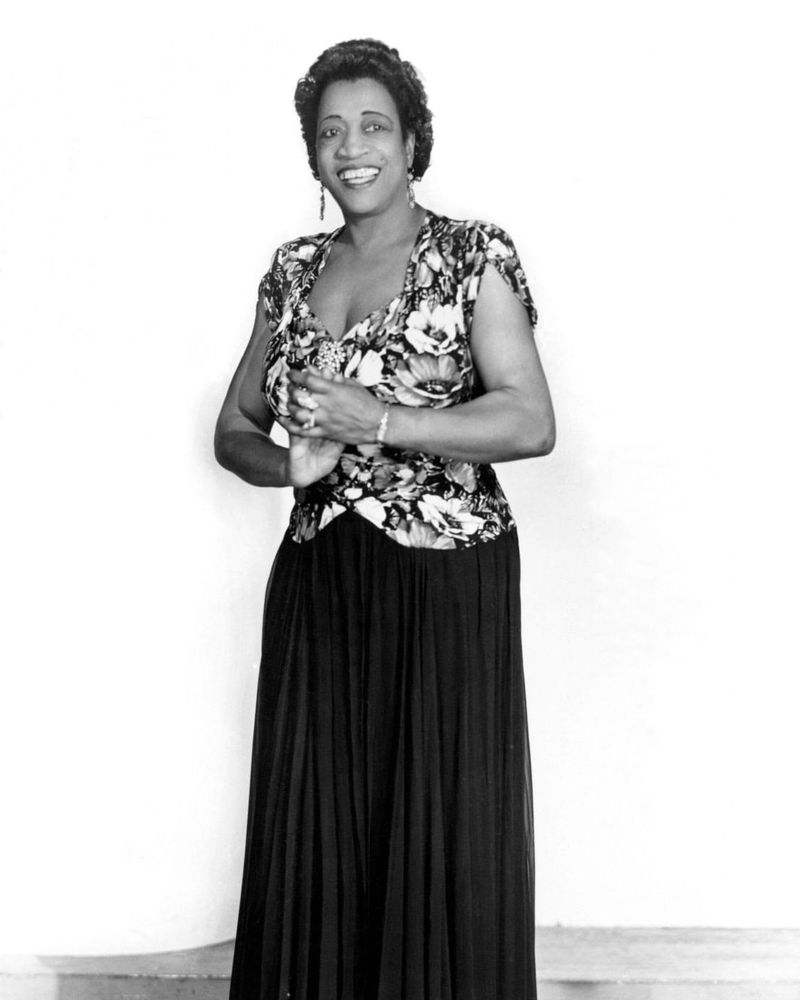
“Wild Women Don’t Have the Blues”—this defiant anthem captures the essence of Ida Cox, whose songs celebrated female independence decades before the women’s liberation movement. Born in 1896, Cox ran away to join the minstrel circuit as a teenager.
Her lyrics addressed various topics, including domestic violence and racial injustice. Unlike many contemporaries, Cox maintained control of her business affairs, managing her own shows and negotiating contracts.
After a stroke sidelined her career, she made a triumphant comeback in 1961 with the album “Blues for Rampart Street.”
9. Alberta Hunter
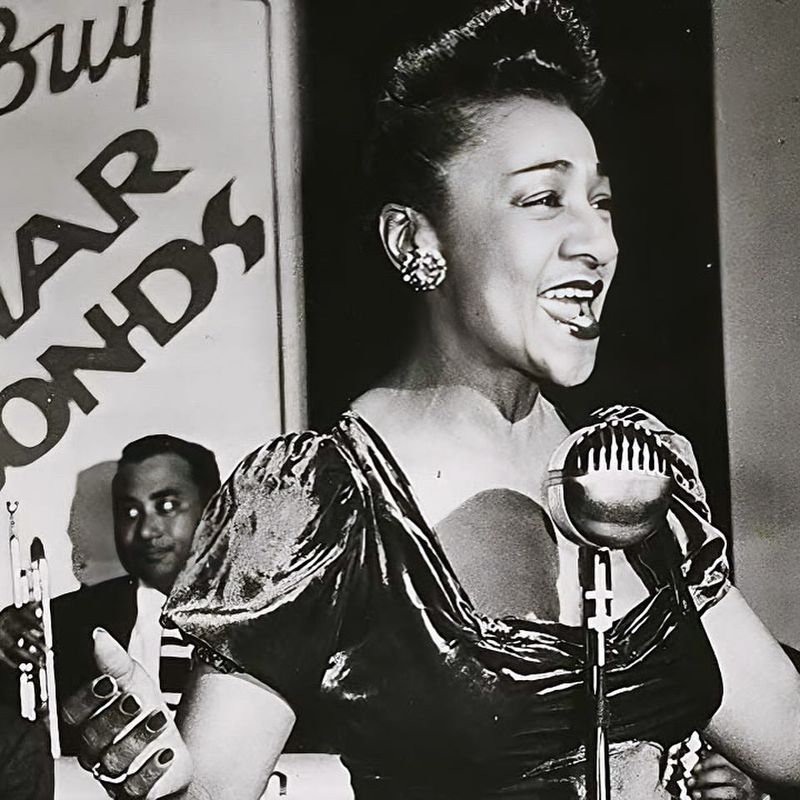
Alberta Hunter’s smile concealed a steel will that carried her from Memphis brothels to European concert halls. Beginning her career around 1911, she became a fixture in the Harlem Renaissance, writing the blues standard “Downhearted Blues” later recorded by Bessie Smith.
At the height of her fame, Hunter abruptly quit music in 1954, fabricating an age to become a nurse. She worked in medicine for 20 years until forced retirement at 82.
Her musical comeback in 1977 introduced her to new audiences, and she performed regularly until her death at 89, proving talent never ages.
10. Billie Holiday
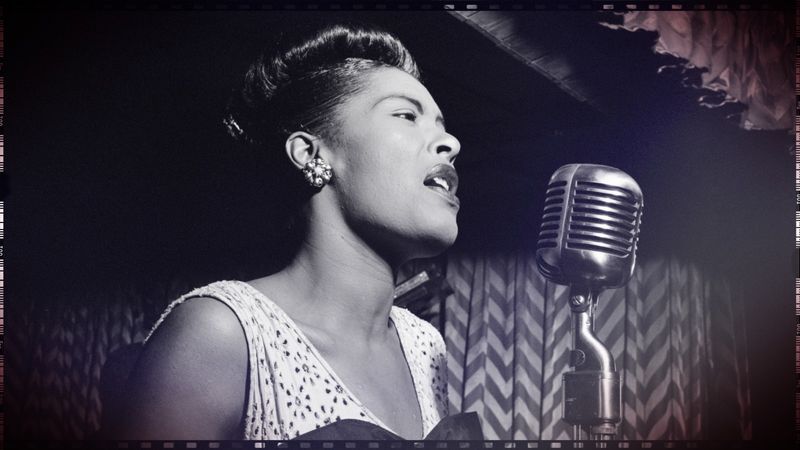
A gardenia in her hair and pain in her voice—Billie Holiday transformed suffering into sublime art. Though categorized as jazz, Holiday’s emotional depth and distinctive phrasing carried blues sensibilities into new musical territories.
Her haunting rendition of “Strange Fruit,” protesting lynching in the American South, remains one of music’s most powerful political statements. Holiday’s vocal limitations became her strength; unable to match other singers’ range, she developed innovative timing and emotional expression.
Personal tragedies—abusive relationships, racism, addiction—infused her performances with authenticity that still resonates decades after her death at just 44.

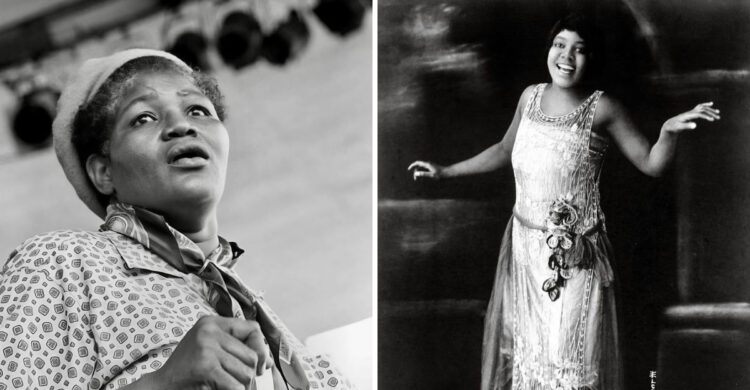
Comments
Loading…